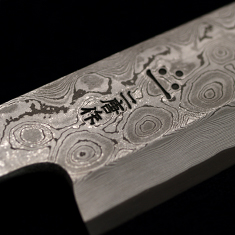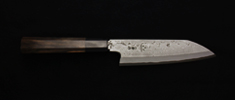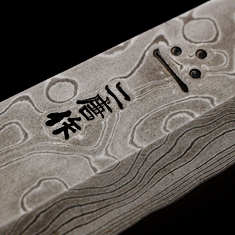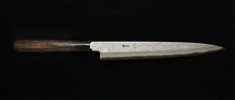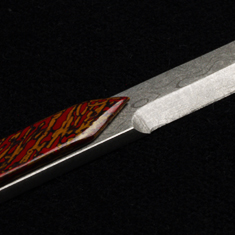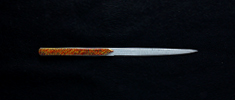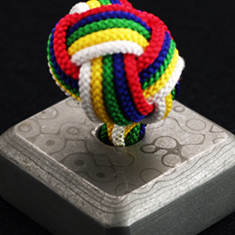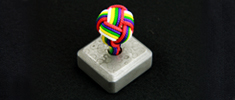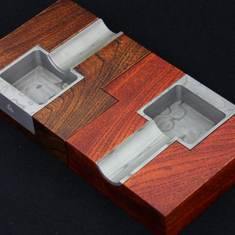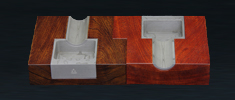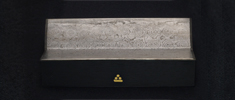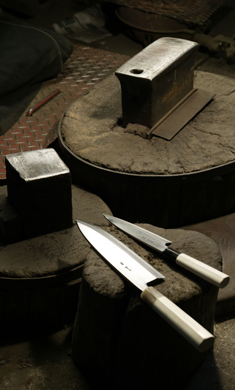
A technique passed down since the days of Samurai
During the early Edo Period, the city of Hirosaki was a castle town. There were over one hundred forging shops in the area. Nigara Forging is one such historical Tsugaru blacksmith shops maintaining its history and art. The Nigara Forging has kept the traditional forging techniques alive and has remained committed to high-quality blade forging for centuries. The folding and hammering of soft iron and steel produces a distinctive beauty in each knife we make.
Japanese Kitchen Knife “Wabocho”
With the increased interest in Japanese cuisine and culture, of late, the Japanese kitchen knife has received grown attention from not only professionals but also from informed enthusiasts around the world.
Go to Japanese knifeThe techniques which have been handed down to the present day craftsman
The much-talked-about video that shows the craftsman looking cool, like a biker, shows the sharpening and finishing up the blade. As you can see, each and every blade is made and completed completely byhand.
"ANMON" Sharp and Durable and Distinctive Ripple Design.
The “Anmon” design was inspired by the rippling water of the Anmon falls, found on the base of the World Heritage Shirakami Mountains. Dating back to the Edo Period over 350 years ago, this Nigara Forging technique with its numerous folds, result in the ripple marked blades that are sharp and extremely durable, resistant to rusting. With each one skillfully handcrafted, no two knives are the same.
Go to ANMON project